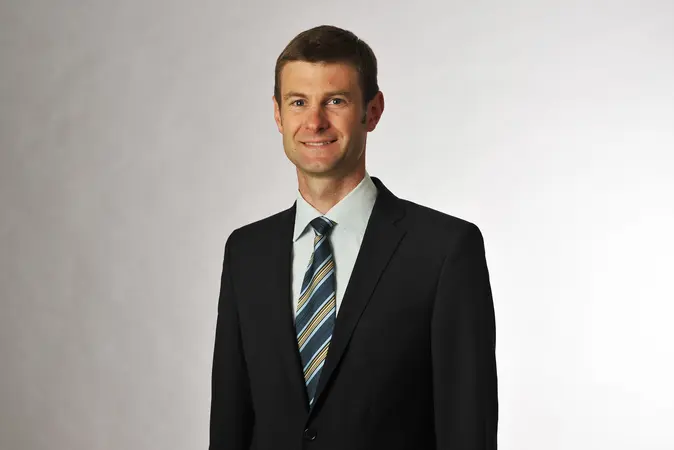Nothing Ventured?: Taking Risks to Succeed
Job interviews, political campaigns and athletic contests all have one thing in common: participants are engaged in competition. In these situations, the victor is oftentimes the person who is least averse to risk. Two researchers at the University of Bamberg have conducted a study on the ways in which individual risk preferences influence the likelihood that the more talented of two participants will prevail in a competitive selection process. Dr. Marco Sahm, Professor of Economic Theory, and part-time lecturer Dr. Christoph March recently published their findings in the Journal of Economic Behavior & Organization.
In their study, the researchers utilised game theoretical models that provided two significant predictions. Firstly, the more risk-averse the participant, the worse his chances of winning – that is unless he already has a considerable advantage over his opponent (e.g. far greater talent). Secondly, the greater the rewards, the better the chances for the participant more willing to take risks compared to those of an equally talented, risk-averse person. “We even conducted a laboratory experiment that confirmed both effects,” says Marco Sahm.
The greater the prize money, the more crucial the willingness to take risks
In the experiment conducted in March and November 2015, two study participants at a time competed against each other in a computer game. The intention was to have participants make clear decisions under controlled, laboratory conditions. First, their willingness to assume risk was measured. In this phase, each participant had a choice between 180 guaranteed points or the opportunity to gamble on winning or completely losing 400 points. Afterwards, participants could deploy any number of their initially allotted 600 points per round in a competition for prize money and keep the rest. Prize money varied between 200 and 1,000 points in each of the 30 total rounds. At the end of the experiment, each participant received the points from several randomly selected decision-making situations in the form of cash – on average nearly 30 euros. 192 people took part and made a total of 5,760 decisions.
“The higher the prize money, the more important a capacity for risk tolerance becomes, and the less important talent becomes,” observes Marco Sahm. He adds that the more talented person is always at an advantage if the difference in talent is greater and the difference in risk appetite is smaller. “But if there is a marked difference in risk appetite among similarly talented individuals, then a greater amount of prize money frequently leads to higher investments and a better chance of winning on the part of the person more willing to assume risk.” Therefore, limiting rewards can be useful when attempting to choose the best competitors. The findings also provide a new approach to explaining the so-called “gender gap”: according to numerous studies, women tend to be more risk-averse than men. This could result in men being preferred over equally qualified women in application processes.
Publication:
Christoph March und Marco Sahm. 2018. Contests as selection mechanisms: The impact of risk aversion, Journal of Economic Behavior & Organization, doi: 10.1016/j.jebo.2018.03.020.
This pressrelease was translated by Benjamin Wilson.
Further information for media representatives:
Contact for content-related queries:
Prof. Dr. Marco Sahm
Professor of Economic Theory
Tel.: 0951/863-2728
marco.sahm(at)uni-bamberg.de
Media contact:
Patricia Achter
Press Officer
Tel.: 0951/863-1146
patricia.achter(at)uni-bamberg.de
